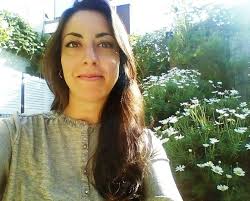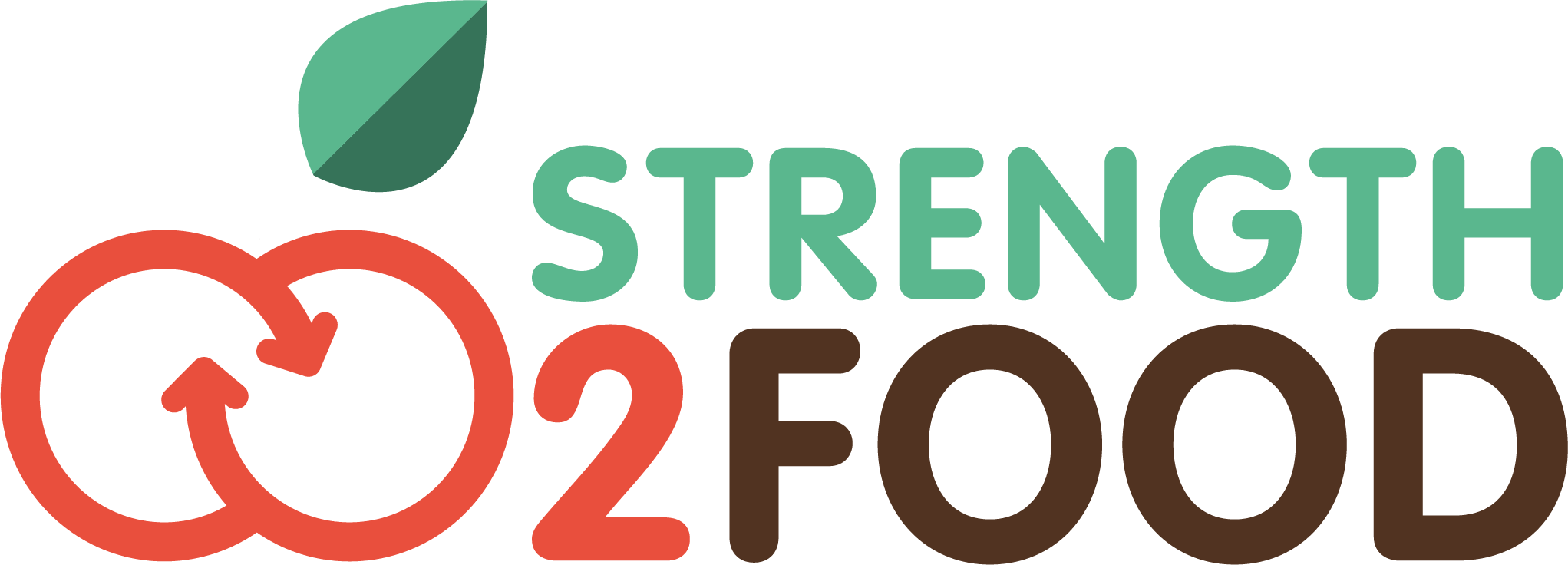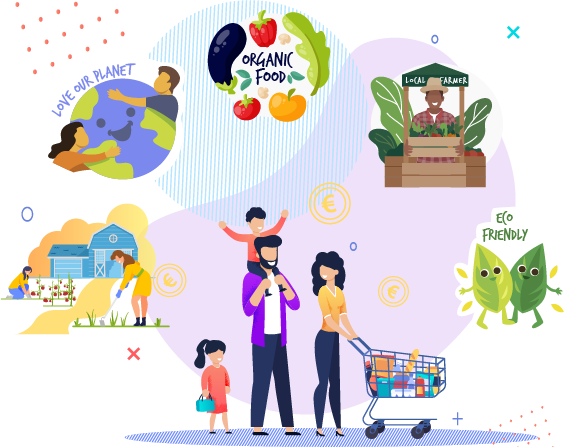Learn how your food choices can make a world of difference
We buy food often and eat it every day, but do you stop to think about the consequences of your food choices? Not just obvious factors, such as price, quality and the senses, but also other less obvious though equally as important factors, such as environmental sustainability, carbon emissions, where it came from, how far it travelled and how it was delivered. What about the living and working conditions for the grower, the processor and the distributor? The money you pay for food: how much of it will be paid back to the person who grew it or made it?
Through this MOOC we’ll show you why your food choices really matter and how, through your choices, you can change a lot of things, while getting better food for you and your family.
For starters, do your children love school dinners? No?! Well why not? Can we help schools to make school dinners better, more nutritious, more tasty, with less food wasted? Oh, right! What about food waste? Do you know how much of each food item in your shopping trolley will be wasted? What about the nutritional, economic and environmental consequences of this?
Food choices really matter. They matter when it comes to rural development. How can you influence rural employment, or gender equality? How many people’s jobs will rely on you selecting their products?
Your food choices affect your carbon footprint and climate change. And to remind you how important this is, let’s just say that about 25% of greenhouse gases are emitted by the food and agriculture sector!
Finally, how can you know about all this? Our EU-funded project Strength2Food tackles these questions, so that you can make informed choices about the foods you buy whenever you go shopping at the local market, the corner shop or the supermarket. Sign up for the course now in a few quick steps – free of charge!


What topics will we cover?
The course is structured to address important issues relating to healthy and sustainable food choices:
- from getting you familiar with some of the basic terms and recognizing food quality labels,
- to helping you make educated choices when shopping for groceries or choosing school meals, all with the aim of making your and your family’s diet healthier.
Also, the course will show you:
- how what and where you choose to buy relates to some wider issues such as the environment, people’s jobs, gender equality, and how you can be the one to make the difference.
We’ll offer you some perspective on:
- what food labels really mean for you, producers, workers and the environment
- what it actually means ‘locally produced’, is it really better for you and your family to buy those foods and why
- a wider picture on how things work – how your decisions what and where you buy impact jobs, environment or the economy
- what our children eat in schools, where they get it from and how to make it more appealing to kids, more nutritious and beneficial for their health
- how much food actually gets wasted and what are the real consequences of this
- and finally: what you can do to help
How is the course structured?
The course is divided in five units, each starting with an introduction to become acquainted with the topic, basic terms and concepts, followed by articles, infographics, video materials and examples to elaborate. To take things further, there are plenty of additional sources and materials for those interested in the matter. Every step of the way, you are not just welcome but encouraged to share your views and exchange ideas with other course followers!
Here are the five units:
Food labels
What are these, what you do and don’t know about them, how they can help you make the right choices for you and your family. Or simply put: What’s in there for me?
The effects of what we buy
How and to what extent the choices we make as consumers, such as whether to buy organic or PDO (Protected designation of origin) foods, lead to different economic, social and environmental impacts. In other words, how you choosing to buy a specific product or not relates to local economy, biodiversity, and gender equality.
The effects of where we buy
Supermarkets or, even better, hypermarkets: to shop at or not to shop at, that is the question. What are the alternatives to shopping at supermarkets? What is a ‘supply chain’ and what are the benefits of buying locally produced foods, if any?
Public catering, school meals and food waste
How much do families know about where their schools' food comes from, how it is made or where the money for each meal gets spent on? If not enough, let’s find out here! Here we also tackle the questions of how much of that food is wasted and what does this mean for losses in nutrition, cost, and for the environment. And most importantly: what can be done to improve matters?
Conclusions
In this final part we recap the main points from the course and draw some conclusions. Hopefully, they’ll inspire and encourage you to rethink some of your choices (just reconsider, doesn’t mean necessarily change!), look at things from another perspective, and make your own decisions.
Who is the course for?
The course is intended for all interested consumers and students. No specific prior knowledge or education is needed. Given the fact that the research upon which the course is based has been done in Europe, the course has a European focus.
How much time it takes?
The course is designed to take about 75 minutes.
We made sure it’s both concise and informative. You can stop at any time and continue where you left off when it suits you – your choice!

From completing the course, you will:
- Get familiar with some basic terms and concepts that could help you as a consumer make informed food choices that best fit yourself and your family;
- Get a better understanding of how the decisions you make regarding what food to buy and where you buy it lead to varying economic, social and environmental outcomes;
- Understand how decisions made by the public sector in terms of the food they buy and deliver, lead to different economic, social and environmental outcomes.
Participants who complete the course in full will receive a Certificate of Completion in electronic format.
Who created the course?
The course has been created as a part of the EU-funded project Strength2Food. Different partners have written each unit with Top Class overseeing the development of the MOOC and technical aspects. A complete list of authors, per unit, is provided at the beginning of each unit.

Ivana Filipovic Malada
Manager and Founder, Top Class Foreign Language Centre, Serbia

Prof Matthew Gorton
Professor in Marketing, Business School, Newcastle University, UK

Dr Barbara Tocco
Senior Research Associate, National Innovation Centre for Rural Enterprise, Newcastle University, UK

Dr Virginie Amilien
Research Professor, SIFO Consumption Research, Oslo Metropolitan University, Norway

Prof Mary Brennan
Chair of Food Marketing and Society, University of Edinburgh Business School, UK

Prof Steve Quarrie
Head of Education and Training, European Training Academy (EUTA), Serbia

Carlos Abundancia Betancor
Social Media and Communications Senior Manager, European Food Information Council, Belgium

Dr Roberta Discetti
Research Associate, Business School, Newcastle University, UK

Vladimir Nikolic
Web Developer, Top Class Foreign Language Centre, Serbia

Fiona Hallam
Research Assistant and Content Editor, Newcastle University, UK
Learner reviews
Birochan A.
20/05/2021
The course is best for people who want to know about the food systems. The course is designed very well. It is concise and easy to get along with. Learnt many new ideas from it in a short time. One of the best short courses i have ever taken.
Rita B.
20/05/2021
Though being short, it was insightful.
Sarmila B.
20/05/2021
I am recently just a student of agriculture . I didn`t have much information about these topics, but after getting engaged with the course my level of understanding has been uplifted .
julie a.
20/05/2021
This was a very interesting and intense course! I learned a lot of new concepts and information, which i hope i will be able to use :)
Anna K.
15/06/2021
Very nice course, a lot of additional resources.





